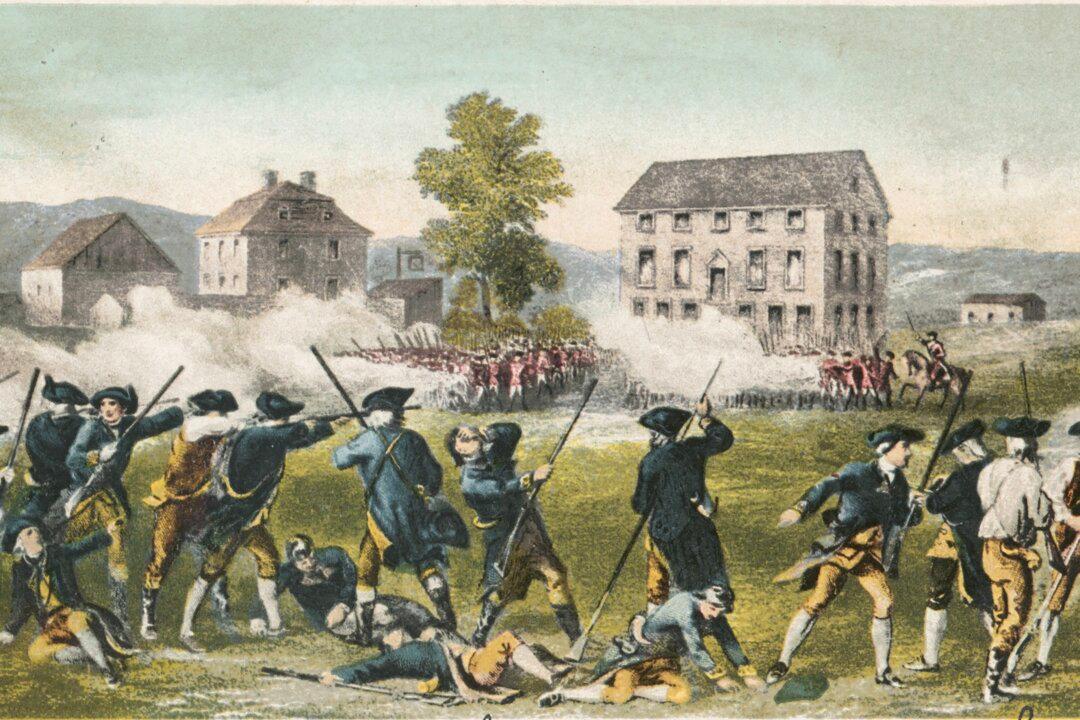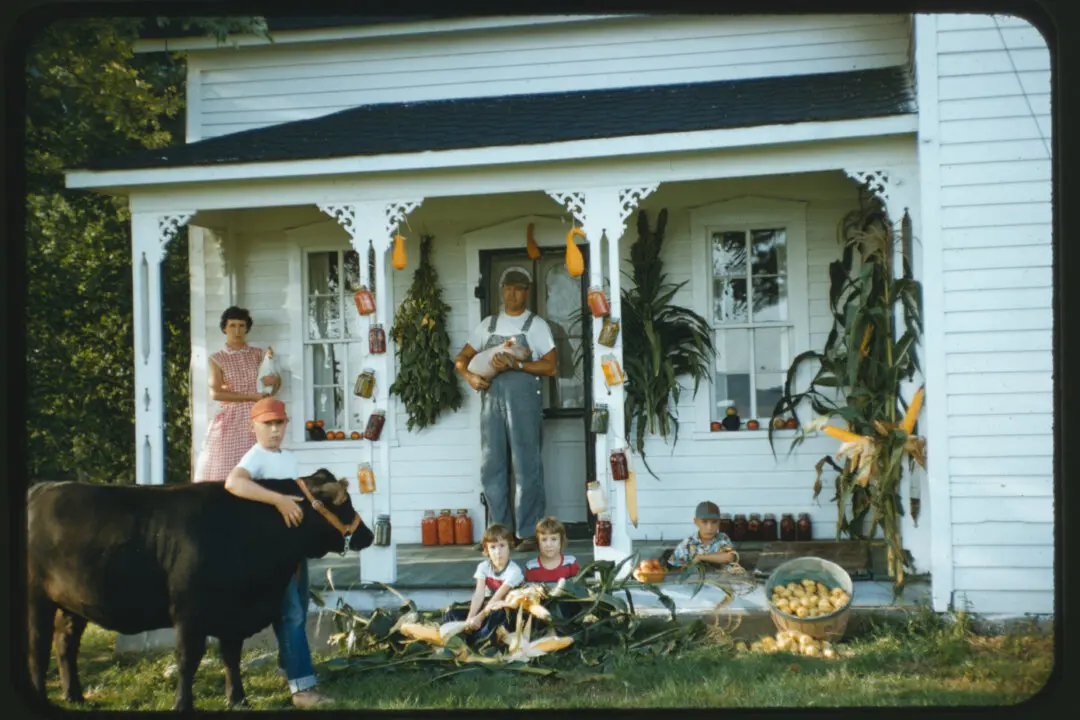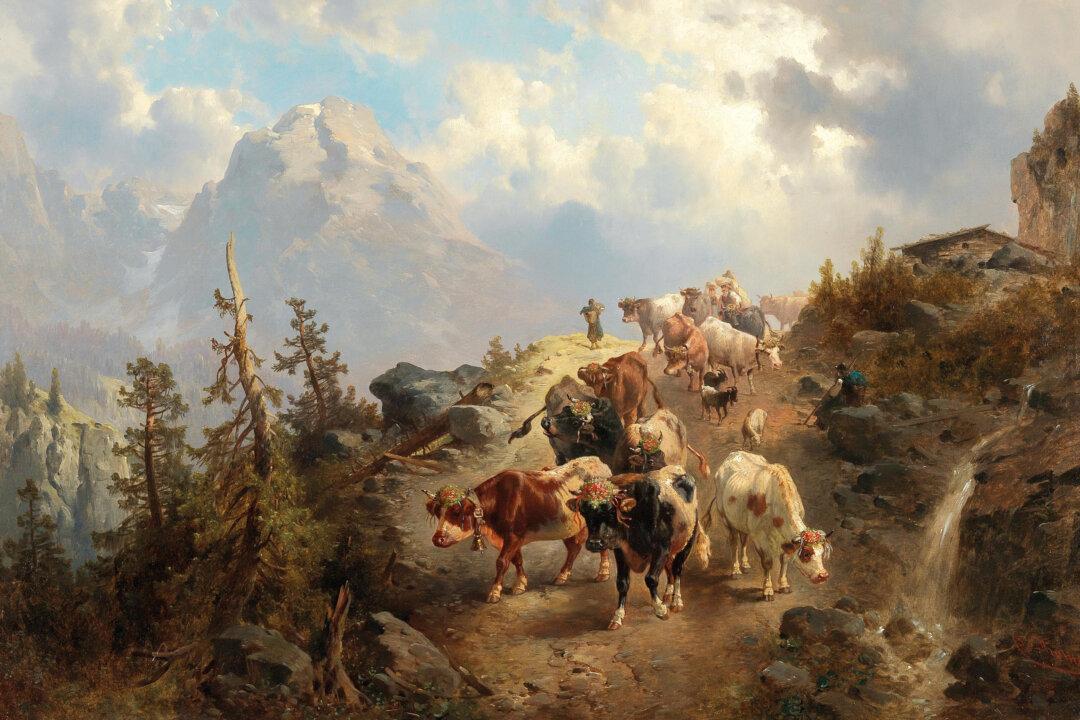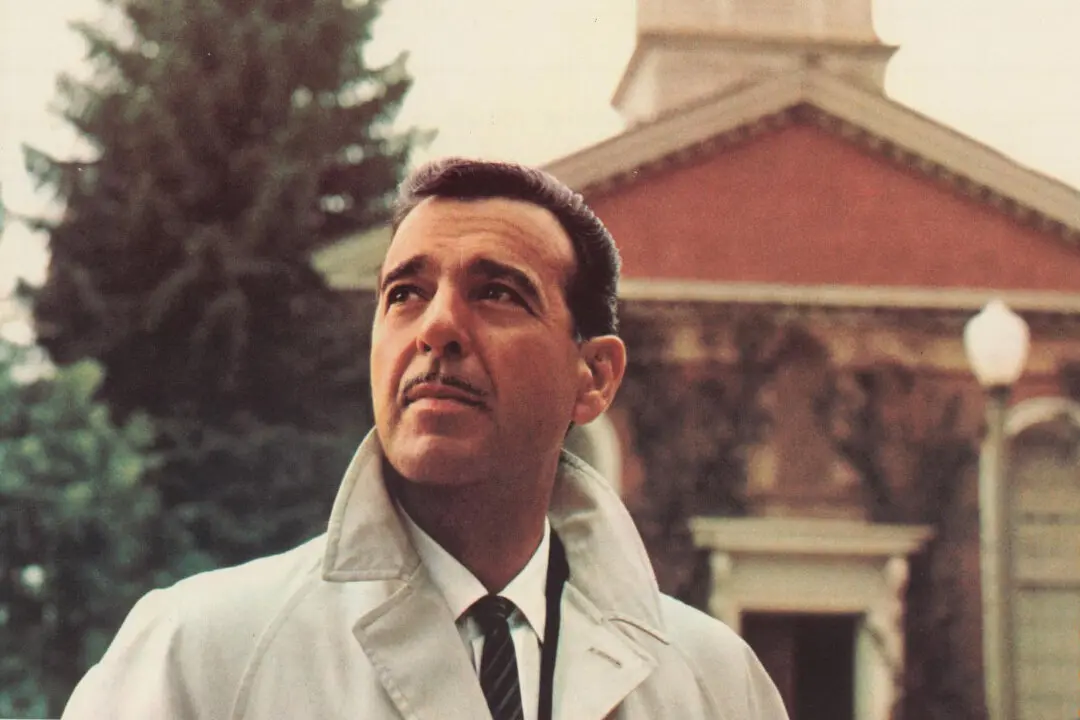One of America’s favorite traditional songs contains some of the most interesting lyrics ever written. Children who learn “Yankee Doodle” often recite it in class or for school productions, but they rarely know the history behind the song. What do the famous words of “Yankee Doodle” really mean?
The title itself was meant to be a joke, one thought up by British soldiers during the French and Indian War in colonial British America to poke fun at the colonies’ ragtag volunteer soldiers. The best known verse contains the phrase, “Stuck a feather in his cap and called it macaroni.” Food might come to mind first due to the perceived pasta reference. But the unique phrase actually refers to a popular wig style of the day, the Macaroni wig often worn to signify an aristocratic lifestyle. The satirical lyrics paint the picture of a colonial soldier unsuccessfully attempting to adopt a British soldier’s more dignified persona. He’s nicknamed a “Yankee Doodle Dandy.”





